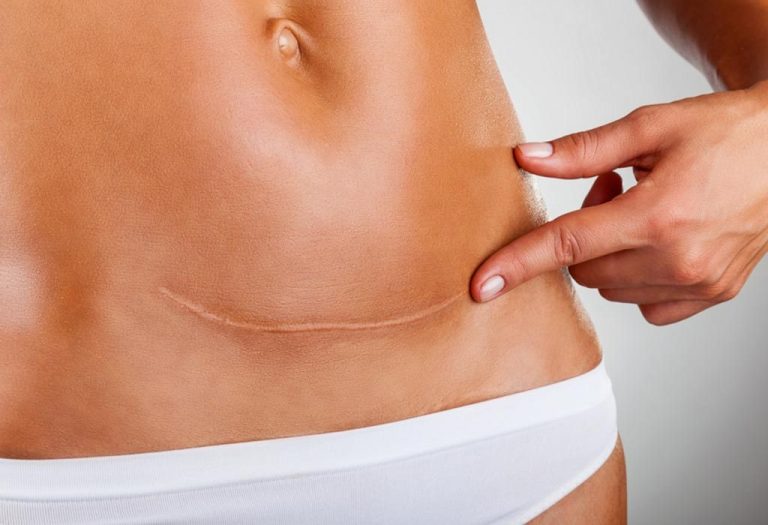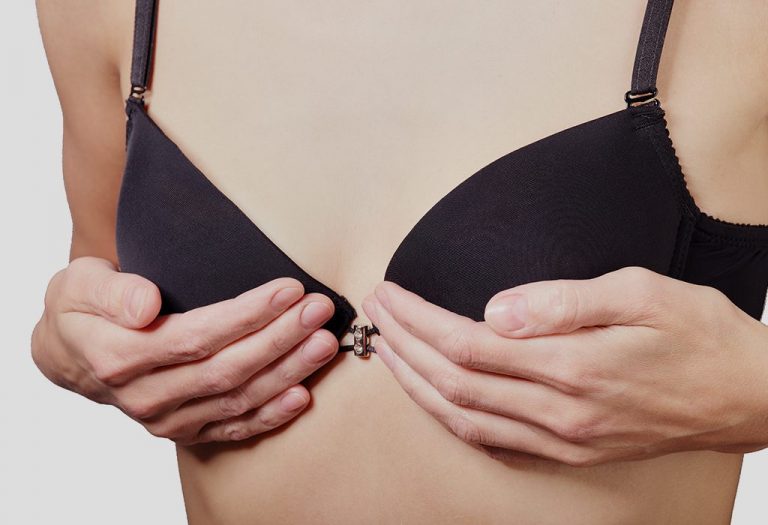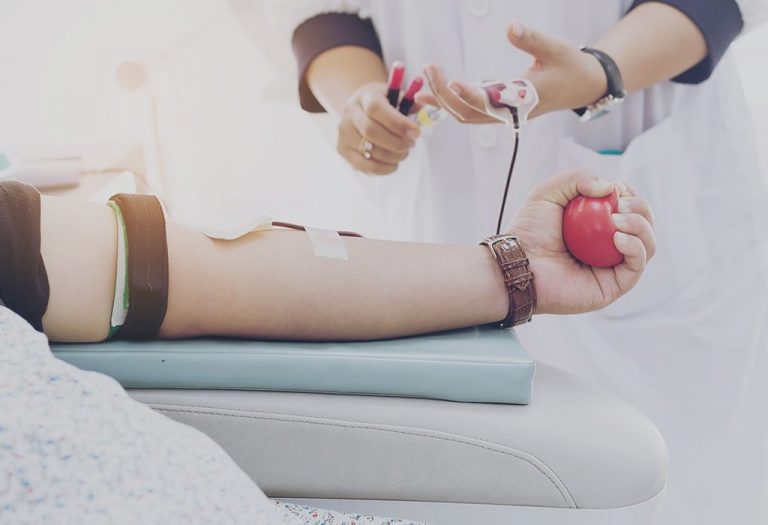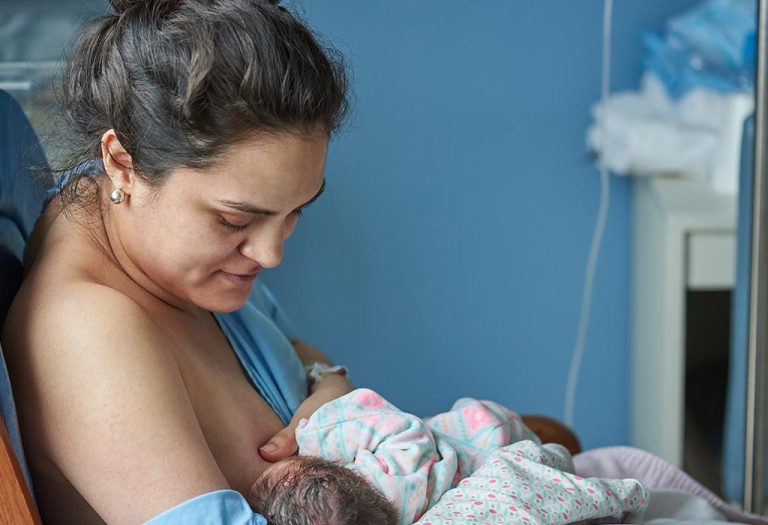Caesarean Scars – Types, Complication & Treatment
C-section is a popular delivery method that women around the world choose or have to opt for due to various reasons. There are various pros & cons for a C-section when compared to vaginal delivery, but a major drawback of C-sections is the scar that is left behind after a C-section incision. For some women, the caesarean scars fade over time, appearing as a faded line, while for others, they are visibly overt as an unwelcome souvenir. Here is what makes cesarean scars irritating for some. Know everything about C-section scars and the potential complications, treatments or remedies to help them heal and fade faster with our guide.
What Are C-Section Incisions?
The incision made in your body during a C-section delivery to help your baby arrive in this world safely is known as a C-section incision. Caesarean section or C-section is the method of delivery usually chosen by the doctor when the baby is in a breech position and normal delivery isn’t possible. According to the Mayo Clinic, C-section incisions are made either in the abdomen or the uterus (1).
Types of C-Section Incisions
While conducting a C-section, the doctor makes two incisions- one on the lower abdomen and the other into the uterus. Both these cuts differ in type and will be either (2):
1. Low-transverse Incision
This is a horizontal incision made across the lowest area of the uterus and is preferred by doctors in a majority of C-section deliveries. The cut is given where the skin is thinnest, and the bleeding is less, too. If you have a vaginal delivery after this one, this incision is less likely to split.
2. Classical Incision
This is a vertical incision that is made usually from the navel to the pubic hairline. This cut is used if a previous surgery has been carried out there or if your baby is in an uncommon position or low in the uterus. This kind of cut can be painful to the mother and also has a slightly longer healing period.
How Are Caesarean Section Incisions Closed?
While the incision made on the uterus is closed using dissolvable stitches, the incision made on the lower abdomen during a caesarean section surgery can be closed using the following three methods:
1. Surgical Glue
Surgical glue is a fast-healing method that seals the incision quickly and does not leave a dark scar on the skin. After the glue is applied, it is covered with a transparent dressing to hold the skin together till the glue dries. The doctor will use glue depending on the consistency of your stomach fat and skin after the C-section is done.
2. Staples
Doctors prefer using a skin stapler or a surgical stapler to close an incision since it is quick and easy to perform, too (3). The skin stapler has metal staples and is a very popular choice. However, the staples method has an increased probability of wound infection, pain and different appearance compared with stitches (4).
3. Stitches
The doctor sews up the incision using surgical needles and dissolvable thread. Though sutures take a slightly longer time than the above methods, it is known to develop fewer complications than the stapler method.
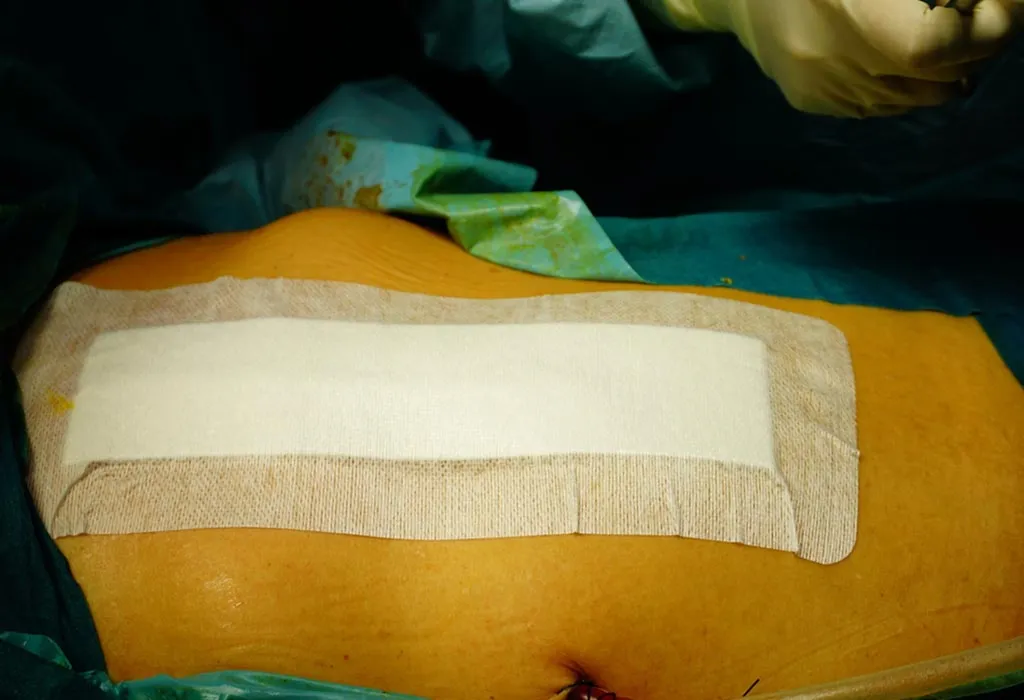
What Are Caesarean Scars?
The marks that are left behind due to C-section incision during delivery are known as caesarean scars (5). In most cases, these scars heal well, but if you are a young mother (below 30 years) and have dark skin, there could be an issue with scarring. The best part is that C-section scars generally heal well and leave behind a fine line that may disappear with time and a little additional care.
Types of Caesarean Delivery Scars
Two common types of c-section scars are:
1. Keloids
In this type of scar, the scar tissue is seen beyond the actual borders of the incision. This results in the scar tissue lumping together around the wound.
2. Hypertrophic Scar
This type of scar is thick and firm and more than often slightly elevated than a normal scar (6). However, it does not extend beyond the wound borders like Keloids.
Complications of C-section Scars
You have to be aware of the following C-section scar complications:
- Almost 99% of C-section scars heal properly and hold the uterine tissue together. The scar, in rare cases, could tear during contractions or pregnancy, especially when a vertical incision is made.
- The uterine rupture causes extensive bleeding and can be life-threatening, too.
- Women with C-section scars can develop placenta praevia, where the placenta grows over the cervix opening. This leads to heavy bleeding and shock.
- In rare cases, this leads to C-section scar pain.
Treatment for Caesarean Delivery Scars
If you do not like the look of your C-section delivery scar or it has not healed as you thought, the following C-section scar treatments can be tried out:
1. Non-Surgical Procedures
These include laser therapy and steroid injections. Laser therapy helps in softening the texture of the scar and also works if the skin is discoloured. This procedure can be carried out as soon as the stitches are removed or dissolved. Steroid injections are mostly used when keloids are formed or if the scars become hypertrophic. It flattens the scar, therefore making it less visible on the outside.
2. Surgical Procedure
If the scar does not lighten within 6 to 12 months, a surgical option is possible. Scar revision is a surgical procedure where the skin surrounding the scar is removed, leaving behind a thin, barely visible scar. It could need local anaesthesia or sedation. Abdominoplasty is also another option where the loose abdomen skin and additional fat are removed.
Tips to Heal a C-Section Scar
The following tips will help you solve the c-section scar healing problems (7):
- Keep the area clean with soap and water, but do not scrub it. Dry it with a clean towel.
- Apply an ointment if your doctor permits, and leave it open to heal quickly.
- Give enough air to the scar by wearing a loose gown over it.
- Do not exercise and avoid heavy weights while the scar is healing.
- Do not delay the removal of stitches, as it could lead to a deeper scar.
- Stay active since increased blood flow can enhance healing.
Tips to Minimise Scars
In order to reduce scarring and improve its appearance, use the following tips:
- Reduce exposure to the sun since this can make the scar noticeable. Stay out of direct sunlight for the first year, and later on, use sunscreen regularly.
- Silicon sheets are known to soften the scars and lighten them, according to research (8). Use them after the stitches have been removed or have dissolved.
- Silicon gels and creams are effective in minimizing the scars, but speak to your doctor before beginning the application.
When to Call the Doctor
Get in touch with your doctor if you notice any of the following symptoms:
- Swelling or reddening of the cut or surrounding skin
- Foul smell
- High fever
- Pus or blood oozing
- Pain around the wound
- Pain or tenderness in a specific spot
- Splitting open of the incision

FAQs
1. What does a c-section scar look like?
The scar can be a horizontal line or vertical line based on the type of incision and is below the belly button. In certain cases, it can look raised, thick and darker than the adjacent skin.
2. How big is the scar, and how long does it take to heal?
The scar is no more than four to six inches long and will take approximately four to six weeks to heal (9).
3. What do scars look like after they heal?
The scars fade as they begin to heal and then begin to thin out. Later on, the scar is barely noticeable as the skin and the scar colour begin to match.
4. Will a c-section scar prevent you from having a vaginal birth with your next birth?
Generally speaking, the C-section scars heal properly and generate healthy and strong tissues. These tissues hold the uterine tissues together and are capable of withstanding the pressures of the next pregnancy and contractions. However, since doctors do not want to take a risk, they can advise a C-section birth in the next pregnancy. This depends on individual cases, so ask your doctor about the possibility of Vaginal birth after Caesarean (VBAC) based on your past experience.
5. If uterine rupture is so rare, why won’t many doctors and hospitals do VBAC?
Doctors and hospitals are averse to taking a risk even though uterine rupture is a rare occurrence. This is why doctors do not recommend VBAC, even if it is safe.
6. Does the doctor use the same scar for the next caesarean section?
The doctor will use the same scar for your next childbirth as it helps in healing better, and a new scar isn’t formed. It could be wider than the earlier scar, while the uterine incision would be different.
7. Is the itching of the incision normal?
As the nerves in the area are disrupted, it is quite common for the incision and the area around it to itch. An icepack around the area for five to ten minutes should help in most cases. It is also important to avoid scratching as this may rupture the wound.
8. Is it normal for the scar to smell or feel numb?
If the scar has been kept clean, it should not smell. If it does, it is a sign of infection and should be referred to the doctor immediately. The area may also feel tingly or numb for a while, which is normal. This sensation may go away with time. If it doesn’t, speak to your doctor for a solution.
If you are amongst the women who have had a C-section, be assured that with proper care and treatment, the scars will lighten over a period of time. There are many women with such scars who have successfully made it through.
References/Resources:
1. C-section; Mayo Clinic; https://www.mayoclinic.org/tests-procedures/c-section/about/pac-20393655
2. Caesarean section; BetterHealth Channel; https://www.betterhealth.vic.gov.au/health/healthyliving/caesarean-section
3. Cesarean Section; Johns Hopkins Medicine; https://www.hopkinsmedicine.org/health/treatment-tests-and-therapies/cesarean-section
4. Mackeen. A. D, Berghella. V, Larsen. M. L; Techniques and materials for skin closure in caesarean section; Cochrane Database Syst Rev.; PubMed Central; https://pmc.ncbi.nlm.nih.gov/articles/PMC6988900/; November 2012
5. Recovery – Caesarean section; NHS; https://www.nhs.uk/conditions/caesarean-section/recovery/
6. Hypertrophic Scar; Cleveland Clinic; https://my.clevelandclinic.org/health/diseases/21466-hypertrophic-scar
7. Going home after a C-section; MedlinePlus; https://medlineplus.gov/ency/patientinstructions/000624.htm
8. Puri. N, Talwar. A; The efficacy of silicone gel for the treatment of hypertrophic scars and keloids. J Cutan Aesthet Surg.; PubMed Central; https://pmc.ncbi.nlm.nih.gov/articles/PMC2918339/; July 2009
9. How to recover from a c-section at home; Tommy’s; https://www.tommys.org/pregnancy-information/giving-birth/caesarean-section/recovering-home-after-c-section
Also Read:
How to Sleep after C-Section?
Diet After C Section Delivery
Guide to Recovering After a C-section
Climbing Stairs After C-Section Delivery
Was This Article Helpful?
Parenting is a huge responsibility, for you as a caregiver, but also for us as a parenting content platform. We understand that and take our responsibility of creating credible content seriously. FirstCry Parenting articles are written and published only after extensive research using factually sound references to deliver quality content that is accurate, validated by experts, and completely reliable. To understand how we go about creating content that is credible, read our editorial policy here.





